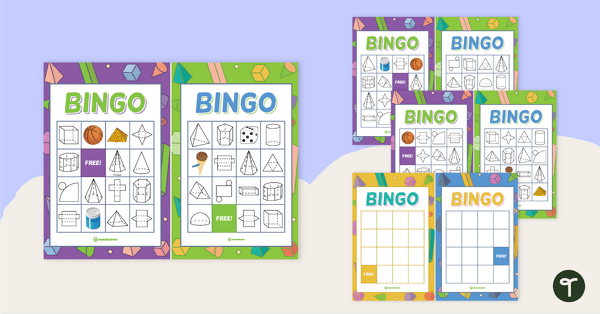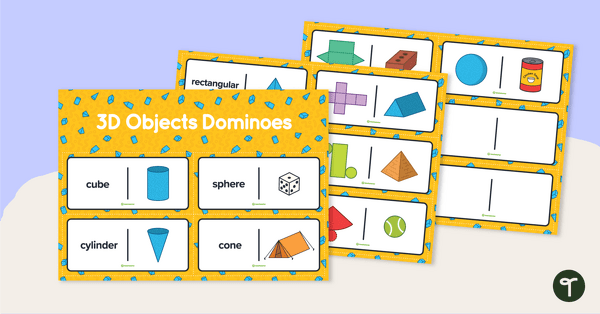Learn the properties of pyramids and prisms with these classroom posters.
What Is the Difference Between a Prism and a Pyramid?
As students become familiar with the concept of a three-dimensional shape, they’ll soon be introduced to the two major categories of these: prisms and pyramids. But what is the difference between a prism and a pyramid, and do they have anything in common?
Prisms
Prisms are three-dimensional shapes with two congruent bases. In kid-friendly language, this essentially means that the two bases are identical. The sides of a prism are rectangular in shape.
Pyramids
Pyramids are three-dimensional shapes with one base. The triangular faces of the pyramid meet at one vertex (point).
What Are the Properties of Prisms and Pyramids?
Prisms and pyramids have similar properties. These include:
- Faces – flat surfaces
- Edges – the lines formed by two meeting faces
- Vertices – the points where two or more edges meet
Multiple Applications for These 3D Shape Posters
These versatile posters can be used in various ways to enhance your students’ learning of 3D shapes and their properties. Here are some suggestions.
- Print the posters on tabloid paper and display them in your classroom as a reminder of the properties of prisms and pyramids.
- As you teach your students about prisms and pyramids, provide students with a smaller version of the posters to paste into their notebooks.
- Add this poster to a classroom display about 3D shapes. Encourage students to add examples of prisms and pyramids around each poster.
Download Your Chosen File Format
Use the dropdown menu next to the Download button to select between the editable Google Slides or the easy-print PDF version of this resource.
If you are looking for more great 3D shape resources, try clicking on some of the options below!

teaching resource
Nets of 3D Shapes
Create a variety of 3D shapes with this comprehensive set of net templates.

teaching resource
3D Shapes Bingo
Learn the names of the most common 3D objects with this whole-class Bingo game.

teaching resource
3D Shapes Dominoes
A set of dominoes to help students reinforce their understanding of 3-D figures.










0 Comments
Write a review to help other teachers and parents like yourself. If you'd like to request a change to this resource, or report an error, select the corresponding tab above.